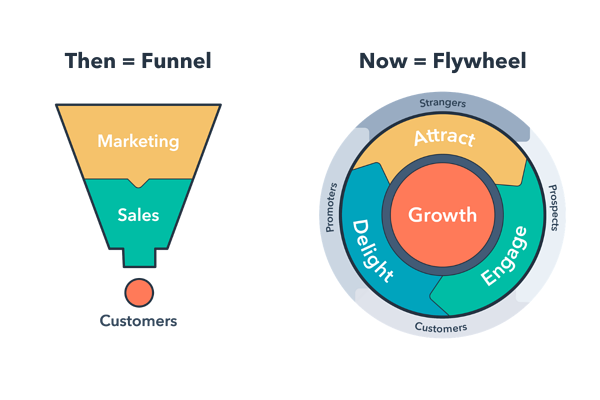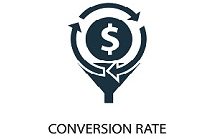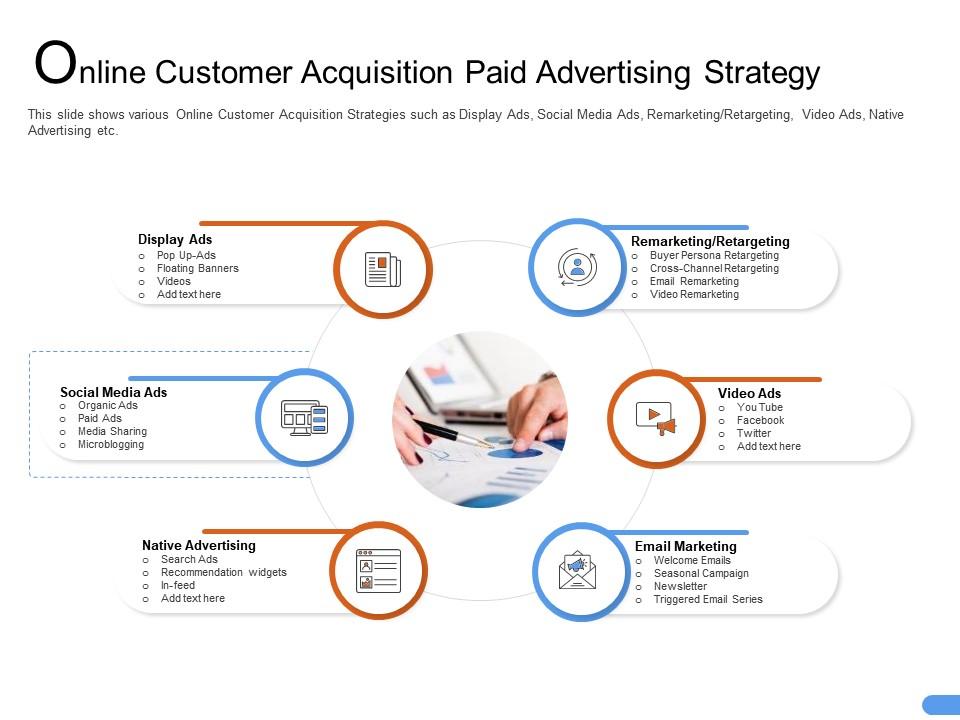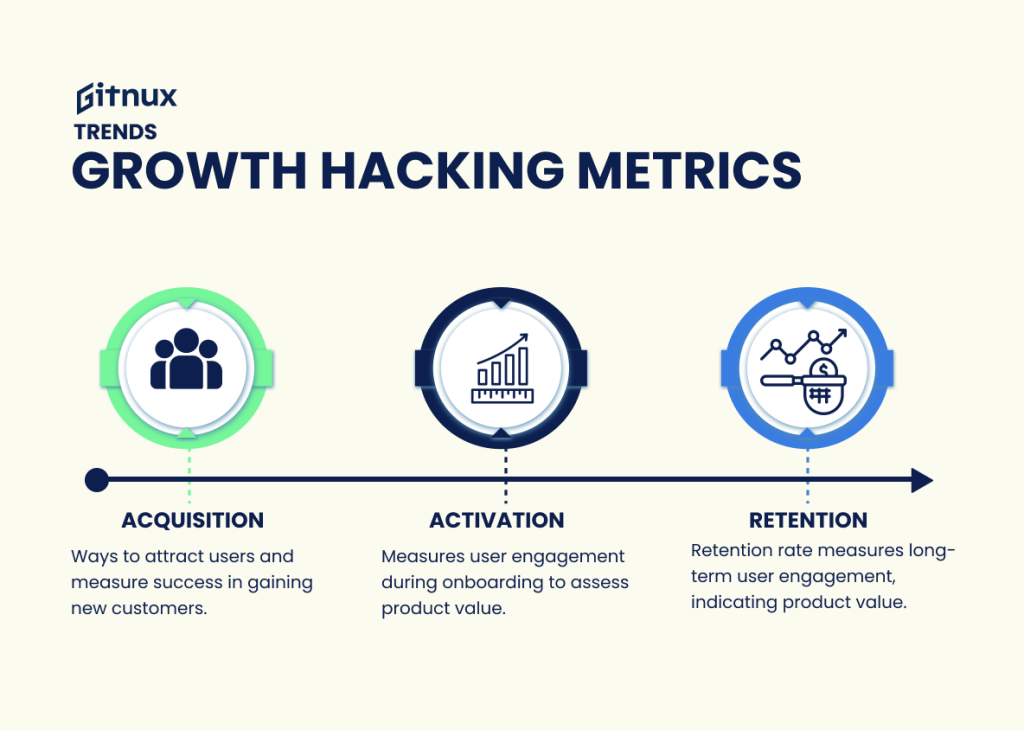Introduction
When it comes to acquiring users for your business or app, there are two primary methods that marketers rely on: organic and paid user acquisition. Both approaches have their own advantages and disadvantages, and understanding their roles can help you make informed decisions about your marketing strategy. In this blog post, we will explore the differences between organic and paid user acquisition methods and discuss their significance in driving growth and success.
Organic User Acquisition
Organic user acquisition refers to the process of attracting users to your website or app through non-paid channels. This method relies on creating valuable and engaging content, optimizing your website for search engines, and leveraging social media and other online platforms to drive traffic. The primary goal of organic user acquisition is to increase visibility and attract users who are genuinely interested in your product or service.
Advantages of Organic User Acquisition
1. Cost-effective: Unlike paid user acquisition, organic methods do not require direct financial investment. Instead, they rely on your ability to create compelling content and optimize your online presence.
2. Long-term benefits: Organic user acquisition strategies, such as search engine optimization (SEO), can have long-lasting effects. By consistently producing high-quality content and optimizing your website, you can attract users over an extended period.
3. Higher user engagement: Organic users are more likely to engage with your website or app because they have discovered it through their own research or recommendations. This can lead to higher conversion rates and increased user satisfaction.
Disadvantages of Organic User Acquisition
1. Time-consuming: Building organic traffic takes time and effort. It requires consistent content creation, optimization, and community engagement. Results may not be immediate, and it can take months or even years to see significant growth.
2. Limited control: With organic user acquisition, you have limited control over who visits your website or app. While you can optimize your content for specific keywords, you cannot guarantee that your target audience will find you.

3. Competitive landscape: As organic user acquisition becomes increasingly popular, competition for visibility and rankings on search engines intensifies. It can be challenging to stand out among competitors and attract organic traffic.
Summary
Organic user acquisition refers to the process of attracting users to your product or service through non-paid channels, such as search engine optimization (SEO), content marketing, social media engagement, and word-of-mouth referrals. It involves creating valuable and engaging content, optimizing your website for search engines, and leveraging social media platforms to build brand awareness and attract potential customers. Organic user acquisition is often considered a long-term strategy that focuses on building a loyal user base and generating sustainable growth.
On the other hand, paid user acquisition involves investing in advertising campaigns to reach a wider audience and drive immediate user acquisition. This method includes various paid channels such as search engine marketing (SEM), display advertising, social media advertising, influencer partnerships, and app store optimization (ASO). Paid user acquisition allows businesses to target specific demographics, increase visibility, and quickly scale their user base. However, it requires a budget and ongoing optimization to ensure a positive return on investment (ROI).
Both organic and paid user acquisition methods play crucial roles in a comprehensive marketing strategy. Organic methods help establish a strong foundation by building brand credibility, fostering customer loyalty, and generating sustainable growth over time. Paid methods, on the other hand, provide immediate visibility and user acquisition, allowing businesses to reach a wider audience and next accelerate growth. The ideal approach often involves a combination of both methods, tailored to the specific goals and resources of your business.
- Q: What is organic user acquisition?
- A: Organic user acquisition refers to the process of acquiring users for a product or service through non-paid, natural means such as word-of-mouth, search engine optimization, social media sharing, and app store rankings.
- Q: What are the advantages of organic user acquisition?
- A: Organic user acquisition can be cost-effective as it does not require direct monetary investment. It also tends to attract more engaged and loyal users who are genuinely interested in the product or service.
- Q: What is paid user acquisition?
- A: Paid user acquisition involves acquiring users for a product or service through paid advertising channels such as online ads, influencer partnerships, and affiliate marketing.
- Q: What are the advantages of paid user acquisition?
- A: Paid user acquisition allows for targeted and immediate user acquisition, providing a faster way to reach a larger audience. It also offers more control over the acquisition process and allows for precise tracking and optimization.
- Q: Which method is better, organic or paid user acquisition?
- A: The effectiveness of organic vs. paid user acquisition methods depends on various factors such as the product or service, target audience, budget, and marketing goals. Both methods can be valuable and often work best when used together in a comprehensive user acquisition strategy.
- Q: Can organic and paid user acquisition methods be used simultaneously?
- A: Yes, it is common to combine organic and paid user acquisition methods to maximize results. By leveraging both approaches, businesses can benefit from the advantages of each method and reach a wider range of potential users.




